

CarExpert.com.au
Chery Tiggo 7 Super Hybrid: The mid-size SUV that rewrites the value equation
8 Hours Ago
Cars are becoming increasingly digital, and modern interior design has evolved to reflect our touch-centric computing world. But what are the benefits?

Contributor


Contributor
Today, you can’t take for granted that your next new car will have physical knobs and buttons to control things like the air-conditioning, media volume, drive modes or even the operation of active safety technology.
As our cars become more computerised and our digital devices increasingly use touchscreens, from our smartphones to our laptops, vehicle interior designers are trying to replicate the same touchscreen experience in the car. But what are the benefits of this approach, and should traditional physical controls still have a place in our increasingly advanced vehicles?
There’s an important caveat here: many of the benefits of each approach are dependent on user preference. Some drivers may prefer the ‘set and forget’ approach to things like climate controls, active safety or drive mode settings, or may usually drive with a passenger who can assist in the operation of these controls. Other drivers, in contrast, may prefer to constantly adjust their air-conditioning settings, the car’s driving mode or the media they play depending on the weather or driving situation.

Another point to note is the impact of voice controls. Many cars today, including models from Mercedes-Benz, BMW, Tesla and Polestar, are being equipped with advanced voice assistants that can easily be used to operate vital controls and even ancillary features such as opening the sunroof, in a manner similar in principle to Siri and Google Assistant on your phone.
In fact, Google Assistant is in-built in Polestar models, and both Siri and the Google Assistant have some in-car functionality through Apple CarPlay and Android Auto. As these voice assistants continue to become more sophisticated, having a preference for physical or touch controls may become moot.
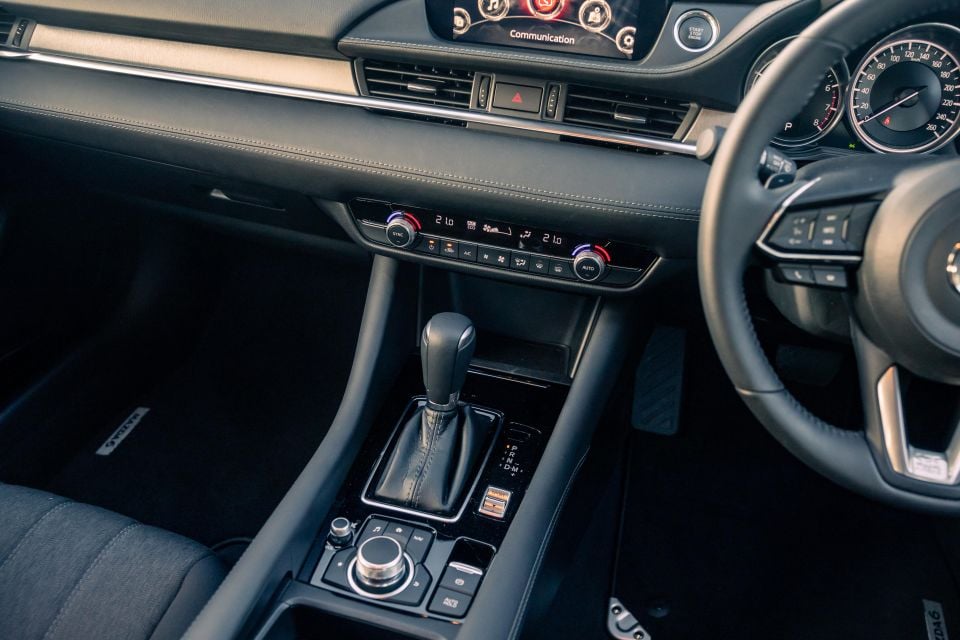
The most obvious advantage of having physical controls is ergonomics. Having a dedicated hardware knob or button to control a particular function or set of functions in a fixed position enables the driver to build muscle memory. In turn, after an initial period of familiarisation, they can easily adjust the relevant settings by feel rather than having to constantly avert their gaze away from the road.
This also facilitates an additional benefit in that physical controls may be easier to understand and use. A fixed location implies a fixed function, and the driver may have greater confidence that rotating the knob or pushing the button in the same manner will give the same, repeatable result every time.

Physical controls also require significant hardware engineering, and the tactility, materials and overall quality of this engineering is another way for manufacturers to set themselves apart from each other. Audi in particular is well-known for having a team dedicated to ensuring that all interior buttons and knobs have a consistent, well-damped tactile sensation and make a satisfying ‘clicking’ sound when used.
Bentley, meanwhile, offers an optional ‘Diamond Knurling’ specification in its Continental GT and Flying Spur that adds an ornate diamond finish to the A/C vents and key physical controls. Rolls-Royce has also used the presence of knobs and buttons to differentiate itself by having them clad in soft leather.
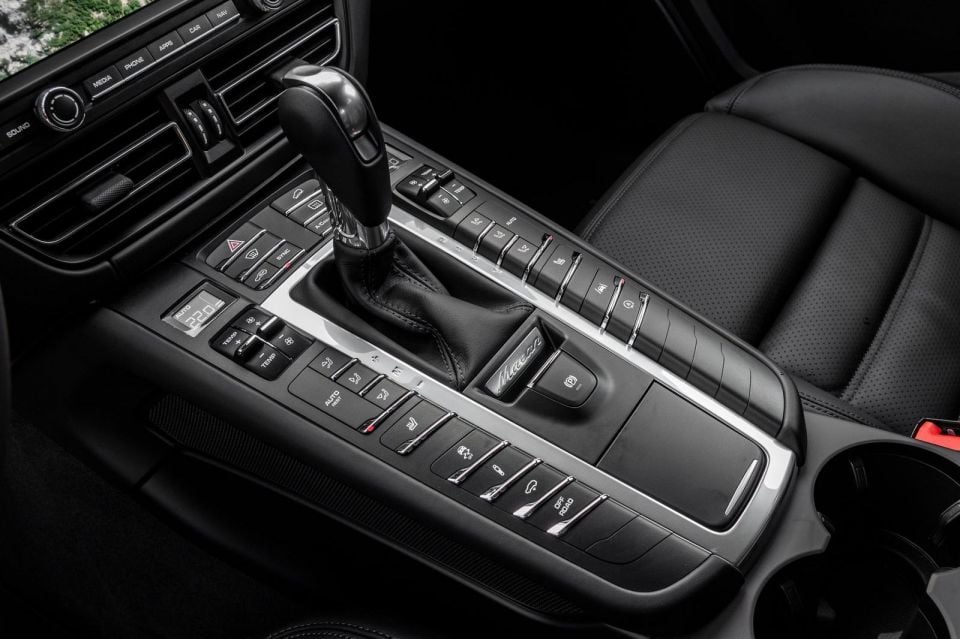
The philosophy of physical controls offering a ‘fixed button for a fixed function’ may have limits, however. Technological advancements allow drivers to customise many different aspects of their car, from how it drives to which active safety features should work.
Coupled with physical media and climate controls, this creates the risk of a cluttered interior with too many buttons. Perhaps the best examples of this are older generation Porsche Macan and Panamera interiors.
Touch controls generally mean that most interior controls to operate functions such as the climate control, media, driving modes and more are consolidated within the main infotainment display, and are accessed with swipe and tap gestures similar to a smartphone.
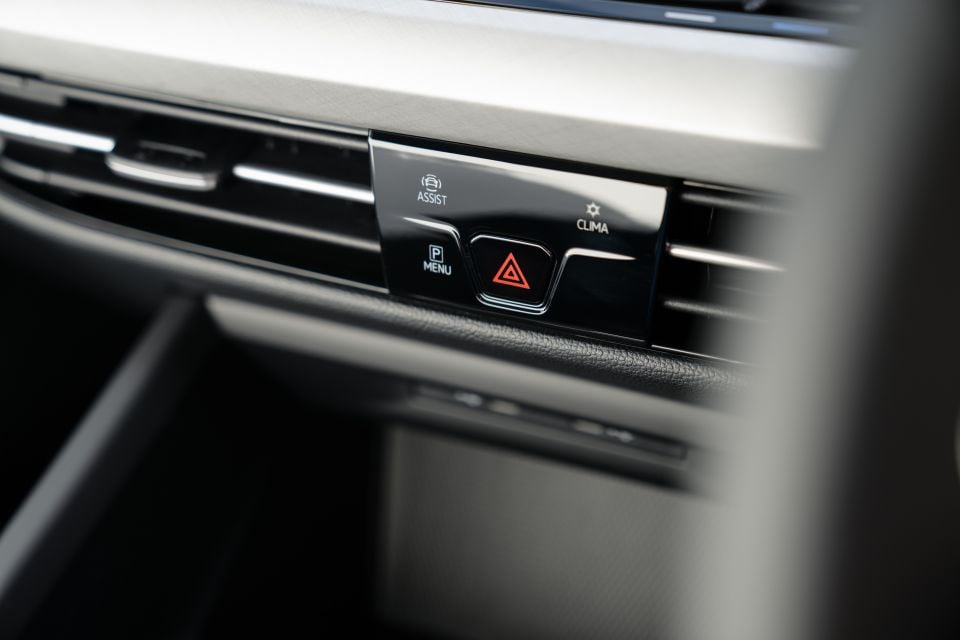
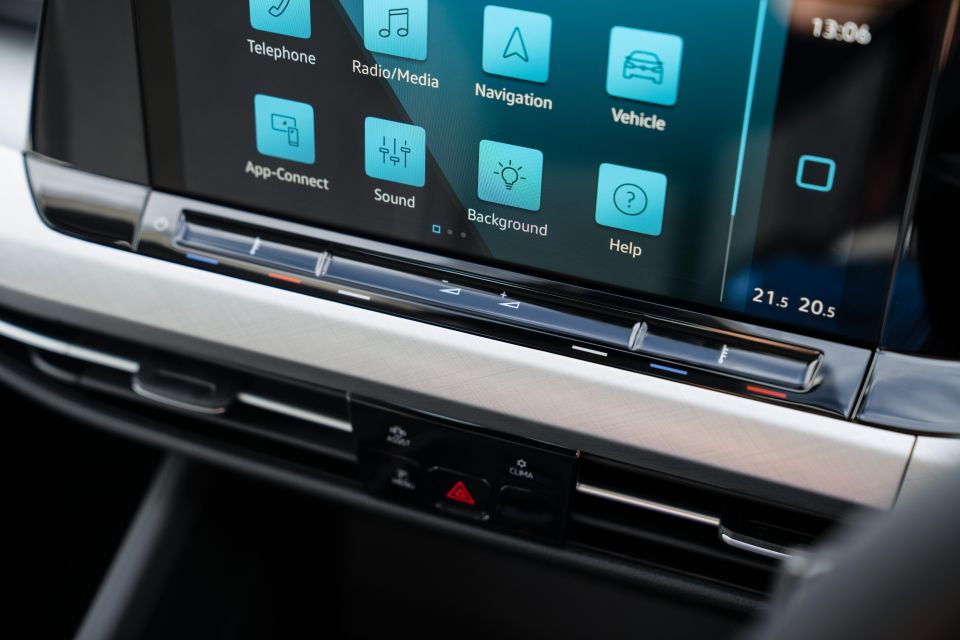
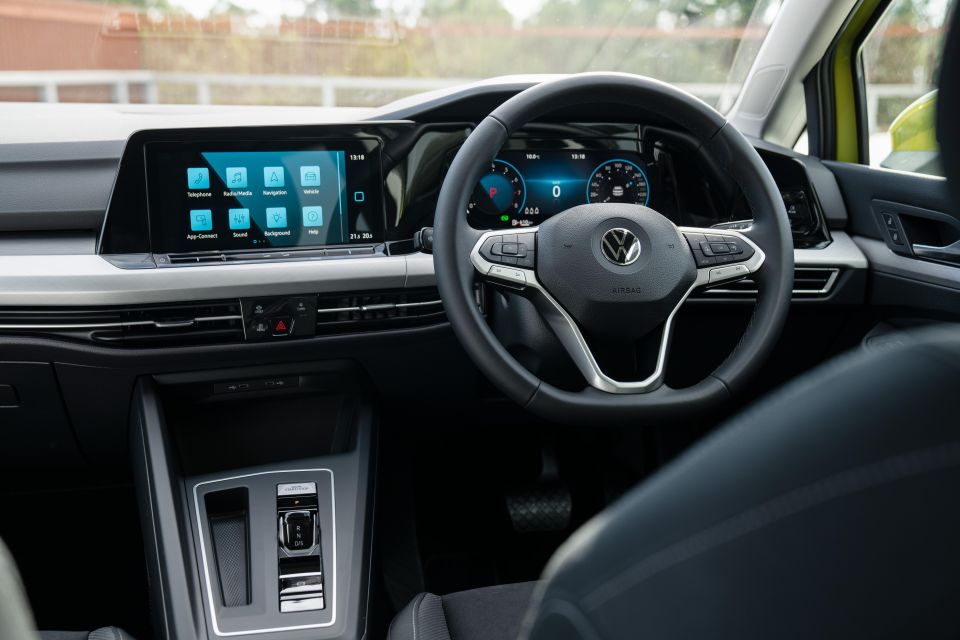
The clearest advantage this has over physical buttons is that it gives designers far more freedom to create a sleek, contemporary and uncluttered interior design. One of the best examples of this is the new Volkswagen Golf Mk8, where integrating most controls within the touchscreen has enabled a contemporary, horizontal interior architecture with a faux full-width air-conditioning vent.
Touch controls also pave the way for new innovations which would be difficult to operate using only buttons and knobs. The Golf and other new VW models such as the ID.3, for example, feature ‘smart’ climate controls with presets such as ‘warm feet’, ‘warm hands’ and ‘clear windows’, which would be difficult to include in a wholly physical setup.
The key problem with a touchscreen-based interface, of course, is that there is no fixed, physical reference point that the driver can intuitively feel and adjust without looking away from the road.
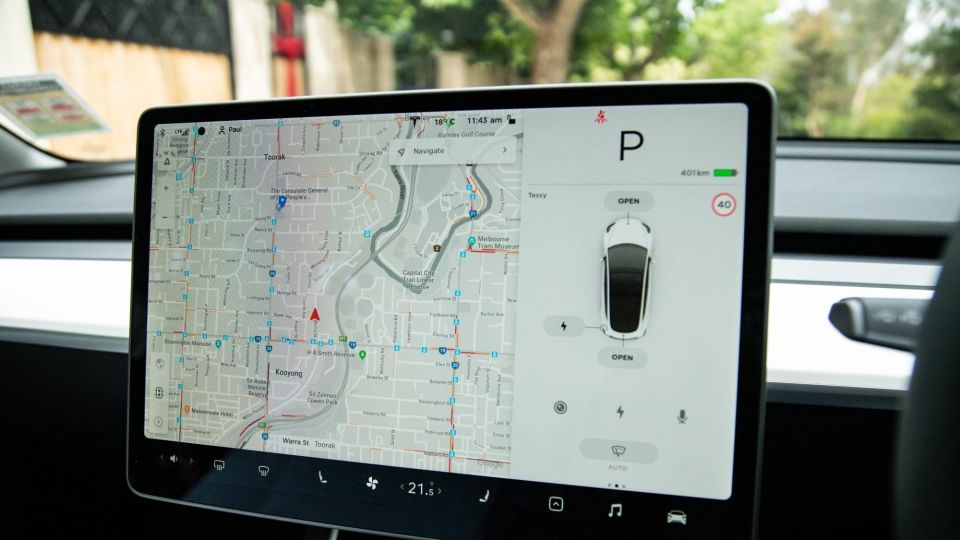
In many cases, this is compounded by a poor user interface (UI). If basic controls such as changing the media source or adjusting the air-conditioning are scattered around the display or require multiple taps/steps to access, then the driver has to spend that much more time looking away from the road. This can be further exacerbated by the use of slow CPUs for infotainment systems, causing longer load times across various settings pages.
An infotainment system incorporating a fast processor and a good UI can help reduce these problems. The Tesla Model 3 and Model Y, for example, pair a fast CPU with a UI that has key controls such as climate and audio in a set position within a strip at the bottom of the display, making them relatively easy to access regardless of what is being displayed on the rest of the infotainment display.
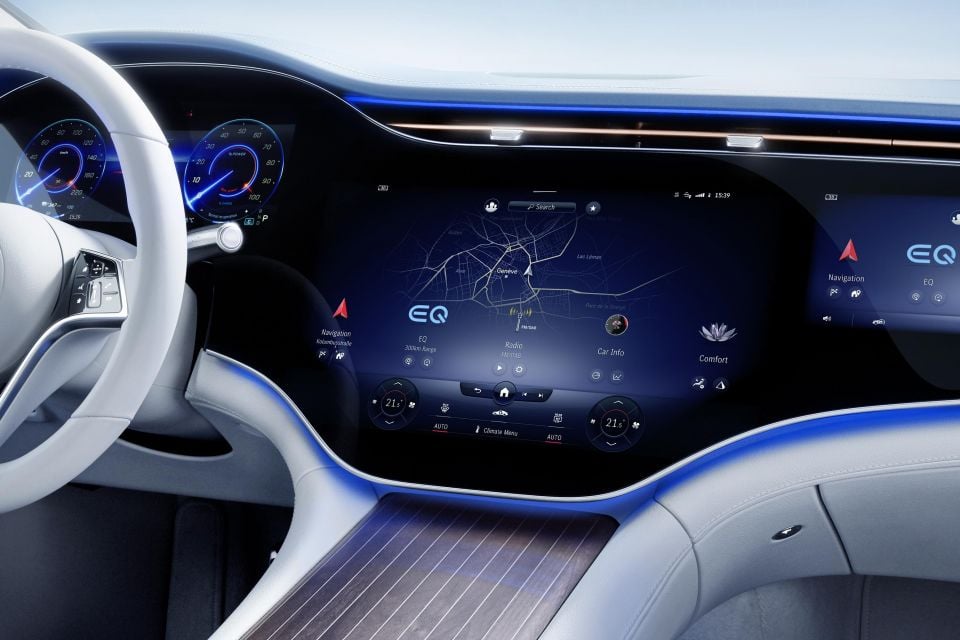
While Tesla is well known for almost exclusively using a large touchscreen for almost all in-car controls, other brands have also followed suit to varying degrees.
Newly facelifted VW models such as the updated Polo and Tiguan still feature a dedicated panel for the air-conditioning controls, but have replaced knobs and buttons with a ‘touch slider’ concept whereby the user can change temperature by sliding their finger across a dedicated strip. Volvo, in contrast, has integrated its climate controls directly within the portrait-oriented touchscreen while retaining a dedicated knob to change volume and pause/play music. The latest models from Mercedes, such as the S-Class, EQS and EQE sedans, follow a similr approach of integrating key controls within a large touchscreen.
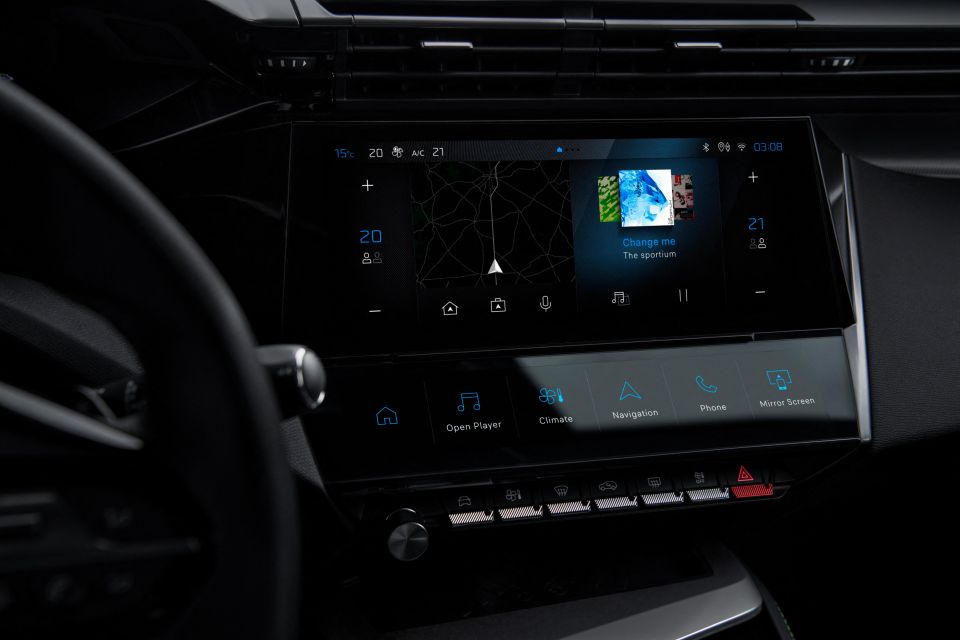
Vehicles from French brands such as Peugeot and Citroën use a combination of hardware and software controls. The latest Peugeot 308, for example, retains physical switches, but these only act as shortcuts to specific screens within the infotainment system, which the driver must then interact with to actually change the setting. Interestingly, the 308 in higher trim levels also features ‘i-toggles’, which, once configured to the driver’s preference, act as a fixed-position virtual button to a particular function in the infotainment system (such as opening navigation).
Other recent models from Audi and Porsche combine their touchscreens and touch-sensitive buttons with vibrating haptic feedback in an effort to minimise driver distraction. However, this feedback can only confirm that a tap has been registered by the system, rather than what function has actually been used.
Some companies have embraced touch-capacitive controls only to revert to conventional buttons, including Ford and its luxury brand Lincoln. These brands used touch controls extensively in their North American ranges to accompany their touchscreens but confirmed they would transition back to conventional buttons and knobs in 2013, citing customer feedback.

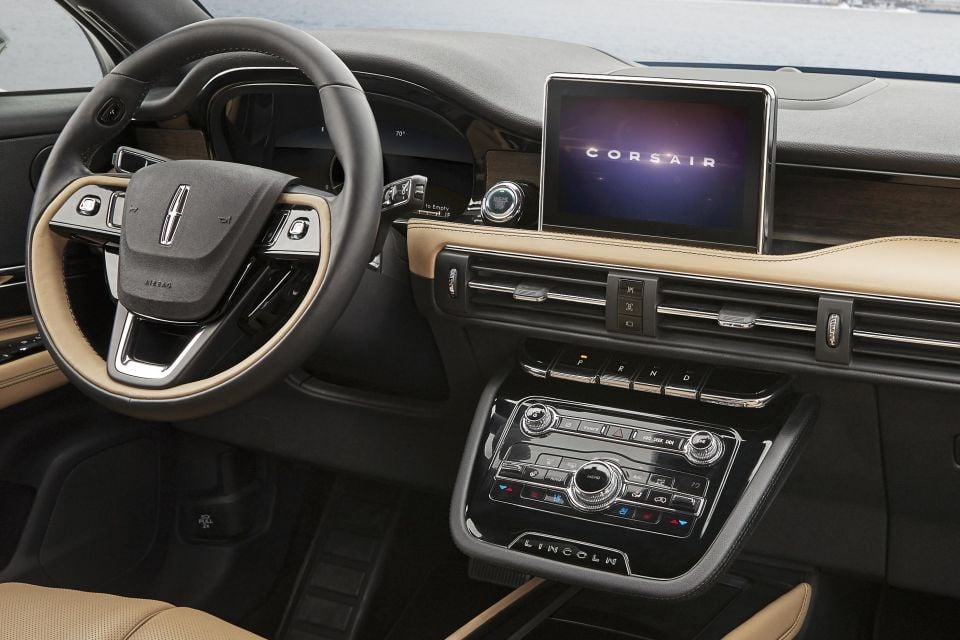


CarExpert.com.au
8 Hours Ago
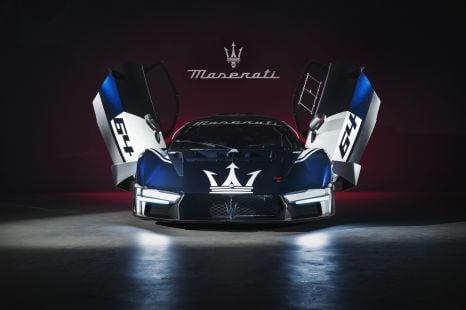

William Stopford
10 Hours Ago


Damion Smy
11 Hours Ago
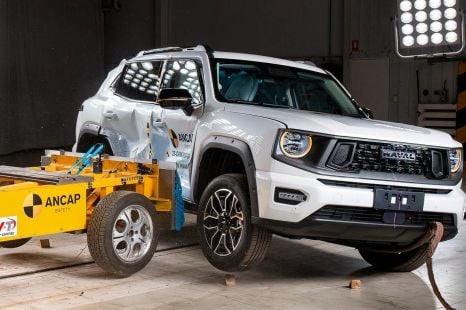

James Wong
11 Hours Ago
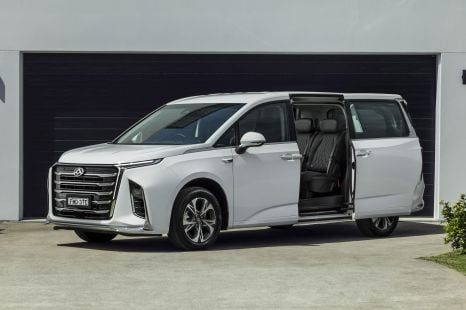

William Stopford
12 Hours Ago


Andrew Maclean
13 Hours Ago